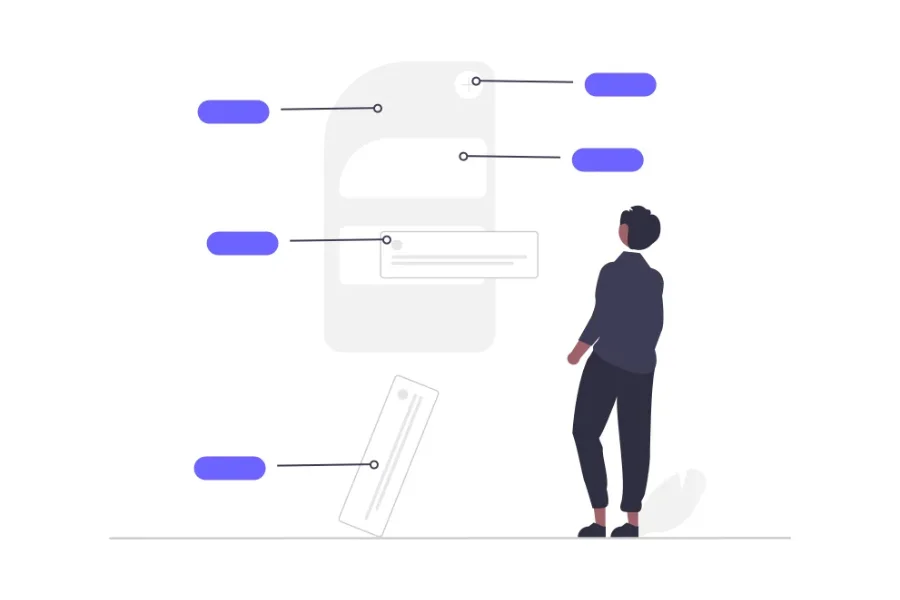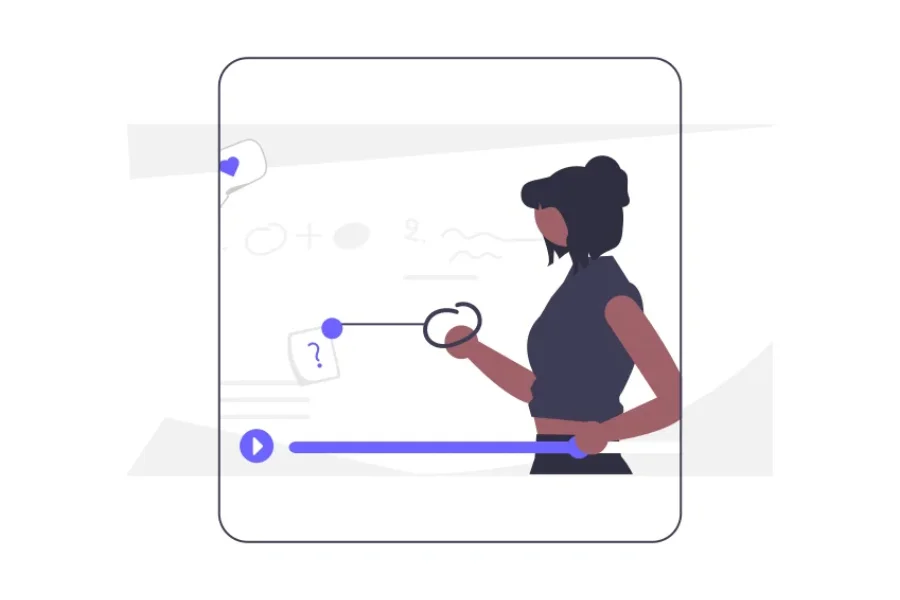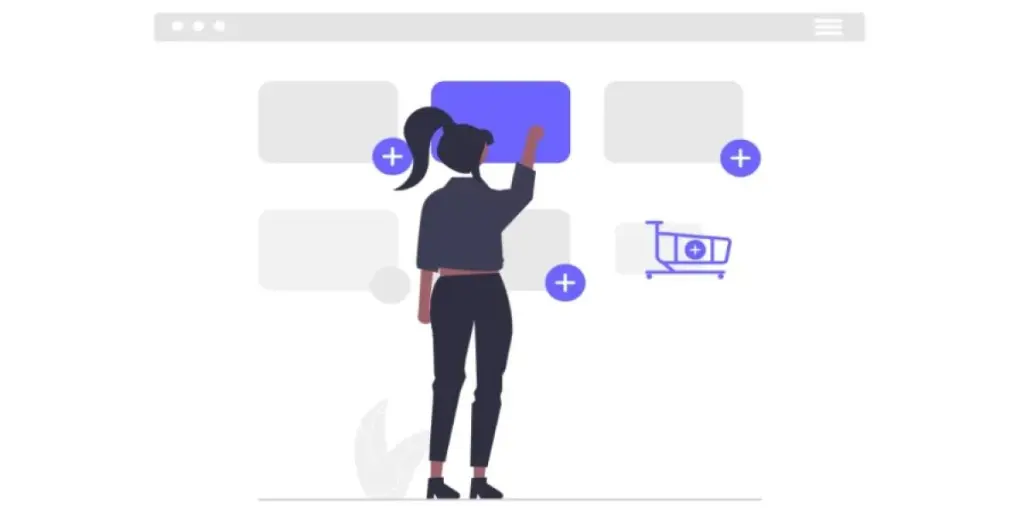More and more businesses are jumping onto the digital selling bandwagon to reach a wider audience and gain more loyal customers. But, the fierce competition and ever-evolving trends in the ecommerce landscape make it essential for businesses to avoid costly mistakes.
One of the most common mistakes ecommerce businesses make is to overlook the importance of conversion rate optimization. This can result in customers abandoning your online store before they reach the checkout stage.
In this blog post, we’ll discuss four major ecommerce mistakes businesses must avoid. From selling without a buyer persona to not using videos to showcase their products best, we’ll explore how these mistakes can negatively impact your business, and what steps you can take to avoid them. So, whether you’re a seasoned ecommerce pro or just starting out, keep reading to ensure you’re not making any big ecommerce mistakes.
Table of Contents
4 ecommerce mistakes to avoid
Final words
4 ecommerce mistakes to avoid
Selling without a buyer persona
When starting an ecommerce business, it’s important that you have a clear understanding of who your target customer is. This is what is known as a buyer persona, in a nutshell.
A buyer persona visually represents your ideal customer based on market and customer research. It considers factors like demographics, behaviors, motivations, and interests.

By developing a buyer persona, you can better understand who you are selling to and what needs to be done to close the deal.
Without a buyer persona, you run the risk of marketing and selling your products to the wrong people, or worse, to no one at all.
Plus, it means depending on the hope that everyone is your potential customer and will buy, which is not the best strategy.
When you clearly understand your buyer persona, you can create marketing and sales strategies tailored to their specific needs and desires. This will result in more interested customers and ultimately more sales.
A crystal clear buyer persona helps you focus your efforts on building relationships with the right people, and it allows you to create targeted content that speaks to their specific needs and pain points.
Use this free template to create a buyer persona and gain an in-depth understanding of your ideal customer.
Writing salesy product descriptions
A product description is one of the main ways to convert prospects who land on your online store.
You need to give your potential customers enough information about your products so they can make an informed purchase decision. So, a persuasive product description is a must.
But, being persuasive is different from being salesy.
Persuasive product descriptions educate website visitors about the product benefits and help them shop wisely, whereas salesy ones only focus on duping customers into buying.

When writing a persuasive product description:
- use active language
- focus on benefits instead of features
- use sharp imagery that highlights product usage, and more.
Ensure you avoid jargon or flowery language to impress the likely customers since it often puts them off due to the absence of product understanding.
Instead, write product descriptions that use a friendly tone of voice or the type appropriate to your audience.
Look at Blue Apron’s Kimchi Butter Shrimp product page to learn how to do product descriptions right.
Featuring poor-quality product images
Poor-quality product images negatively affect how prospects perceive your brand.
First, it makes your customers feel like they’re buying low-quality or even counterfeit products.
Second, when customers see poor-quality product images, they might get distracted and have a tough time focusing on the actual products. This can lead to poor customer engagement, higher bounce rates, and low conversion rates as a result.
Third, it shows that you don’t take customer satisfaction seriously.
And most importantly, it makes potential customers skeptical about their purchase decision and bounce from the website.
So, if you want to increase sales and build customer trust and loyalty, use high-quality images for all products listed on your online store.

Interestingly, this also prevents customers from buying from competitors who offer lower prices or better quality products.
Here are a few tips on how to create high-quality product images:
- Use the best camera you have available. If you don’t have access to a professional camera, then use a smartphone or point-and-shoot camera with good-quality lenses and a tripod or wall mount stand.
- Use natural light whenever possible. Natural light sources like sunlight and windows make for better images than artificial lighting sources like fluorescent lights and house lights.
- If possible, shoot at different angles to see different sides of the product from different perspectives. You can also use different focal lengths when shooting your product photos to look more realistic than if they were shot from a single angle.
Pilgrim leverages well-shot and informative product images to catch website visitors’ attention and encourage them to buy right away.
Not using videos to showcase the product in action
Customers want to see the product in action before they make a purchase, and videos are the best way to show them what the product can do.

You can show potential customers how it works, what it does, and how it can benefit them. When they can see your product in action, they’re more likely to believe in its efficacy and be interested in giving it a try.
In addition to showing off the product itself, you can also use videos for marketing purposes. They’re incredibly effective at getting people excited about your brand and making them want to learn more about what you do.
For example, if you sell organic food products that are high quality but more expensive than other companies’ products, you could create a video highlighting why your products are worth the extra money.
Also, videos have the added benefit of being relatively inexpensive compared to other forms of advertising. Why? Because they have a high probability of going viral and getting you organic views and conversions.
This means that even small e-commerce businesses can afford them by hiring freelance videographers as part of their marketing mix without taking too much financial risk.
Alanna displays user-generated product videos to not only showcase what their lip butter mask is about but also explain to customers how to use it. This also capitalizes on converting via social proof.
Final words
Correcting the above-mentioned ecommerce mistakes can help you:
- Improve the user experience of a website, which can lead to higher sales and revenue. By making small adjustments to your website, such as improving page load times, optimizing the website navigation, using high-quality product images, simplifying the checkout process, or adding social proof, you can increase the chances of visitors purchasing.
- Optimize your website’s performance without increasing your advertising spend. This helps you increase your advertising campaigns’ return on investment (ROI).
- Increase the ease-of-use factor for website visitors. By improving the user experience, you can increase customer satisfaction, loyalty, and retention.
- Stay ahead of your competitors by providing a better user experience for your customers. This can help you stand out in a crowded marketplace and increase brand awareness.
- Identify areas for improvement on your website. Using data to make informed decisions, you can ensure that your optimization efforts focus on the areas that will impact your business the most.



